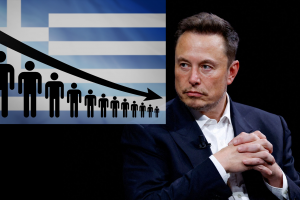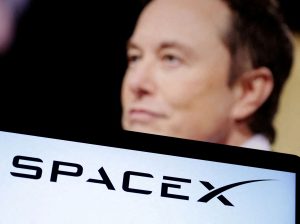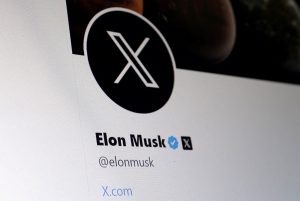Elon Musk sounds like a man grappling with the reality that there are only so many trips left for him around the sun.
At age 53, Musk is not yet an old man. But the clock is ticking on his stated goal of reaching Mars and building a city there in his lifetime or, at least, his working lifetime. Such pressure is evident in his recent rash of tweets emphasizing the narrow window for interplanetary travel and complaints about pesky Earth rules that, he says, are slowing him down.
It adds up to a classic midlife crisis—one of cosmic scale for this world’s richest man.
“Becoming multiplanetary is critical to ensuring the long-term survival of humanity and all life as we know it,” Musk posted on X this past week, one of his common refrains about why he is so intent on reaching Mars.
For the billionaire, who despite having spent the past two decades building SpaceX into a behemoth rocket maker, the problem boils down to one of timing.
Only about once every 26 months do Earth and Mars come into a certain alignment that makes such a trip workable. That time frame effectively gives his giant rocket, dubbed Starship, nine windows to reach the red planet throughout a roughly two-decade period. The next window opens in the fourth quarter, and Musk isn’t ready.
“The first Starships to Mars will launch in 2 years when the next Earth-Mars transfer window opens,” Musk announced this month . “These will be uncrewed to test the reliability of landing intact on Mars. If those landings go well, then the first crewed flights to Mars will be in 4 years.”
The reaction to his latest timeline was met with skepticism.
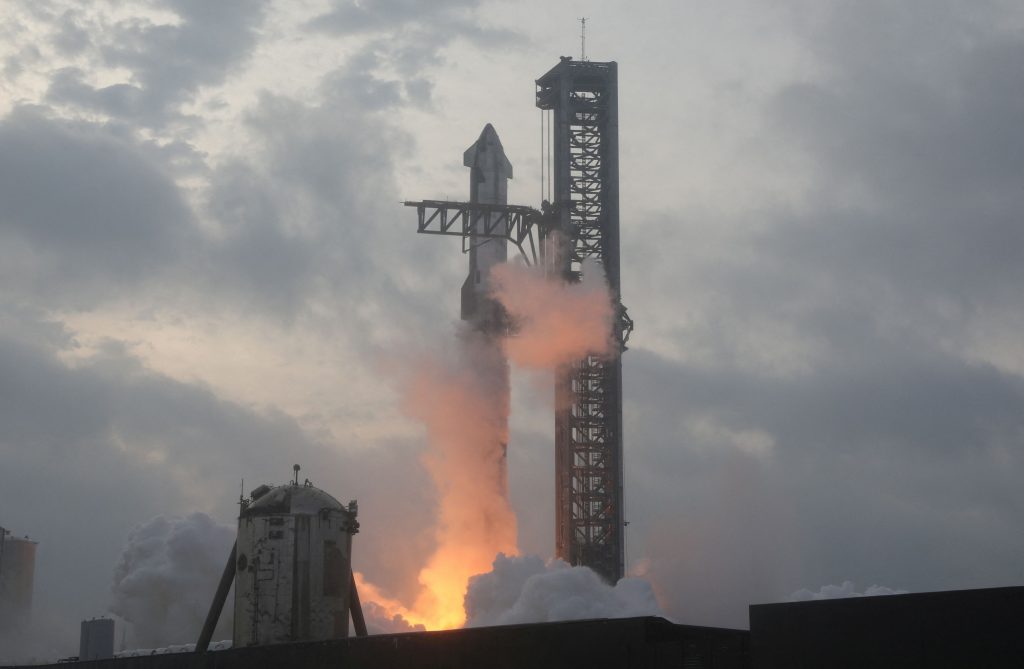
SpaceX’s next-generation Starship spacecraft atop its powerful Super Heavy rocket lifts off on its third launch from the company’s Boca Chica launchpad on an uncrewed test flight, near Brownsville, Texas, U.S. March 14, 2024. REUTERS/Joe Skipper/File Photo
Christopher Combs, a professor in aerodynamics at the University of Texas at San Antonio, said it could be another 15 to 20 years before the technical pieces come together for a human trip to Mars.
The big hurdles, he said, come from a combination of the infrequent transfer windows and the remaining number of issues that must be solved, such as ensuring that Starship can land on Mars, developing life support for what is expected to be a journey of several months, and, of course, the return trip.
“SpaceX has a history of designing iteratively, and we kind of expect things to go wrong the first few tries—if you have to wait two years between iterative attempts, that really stretches out your development cycle,” Combs said in an email. “Can they be perfect the first time?”
Some see it happening, if not exactly on Musk’s timeline.
Peter Hague, who authors a newsletter about space travel called “Planetocracy,” wrote this past week that while it is unlikely SpaceX can make Musk’s ambitious target for sending humans to Mars, unmanned ships could happen in 2029. “So 2031 for humans is credible,” he posted on X . “If not 2033. This is happening, and you’ll get to see it.”
In laying out his newest timeline, Musk acknowledged in several posts this month that his timing could slip—again—saying the crewed missions could be delayed if they encounter “challenges.” He is targeting the launch of five unmanned ships at first and more at every opportunity.
“Attempting to land giant spaceships on Mars will happen in that time frame, but humans are only going after the landings are proven to be reliable,” he tweeted . “4 years is best case for humans, might be 6, hopefully not 8.”
Building a colony on Mars
Once humans land, Musk wants to work quickly to build a self-sustaining colony—one capable of making everything from its own rocket fuel to pizza pies.
To do that, Musk over the years has detailed a plan to build a fleet of Starships to make the journey.
As recently as 2020, he was suggesting that SpaceX would build 100 ships annually over a decade with the goal of being able to transport megatons of supplies and ultimately around 100,000 people every orbital sync.
Under that scenario , he imagined, 1,000 ships—carrying roughly 100 people each—launching into Earth orbit for staging and refueling before departing together in a roughly 30-day period every 26 months.
Even with such an aggressive plan, Musk worried aloud about the pace of progress being made. “If we don’t improve our pace of progress, I’m definitely, you know, gonna be dead before we go to Mars,” he said at a 2020 conference. “I would like to not be dead by the time we go to Mars—that’s my aspiration here.”
Since then, he has suggested that SpaceX’s production might be picked up, saying without being specific that the company could be making 1,000 or more ships annually at some point, allowing thousands of ships to depart every two years. And he moved up his target for when he says a Mars city could swell to a population of one million—the size, according to him, required to become self-sustainable.
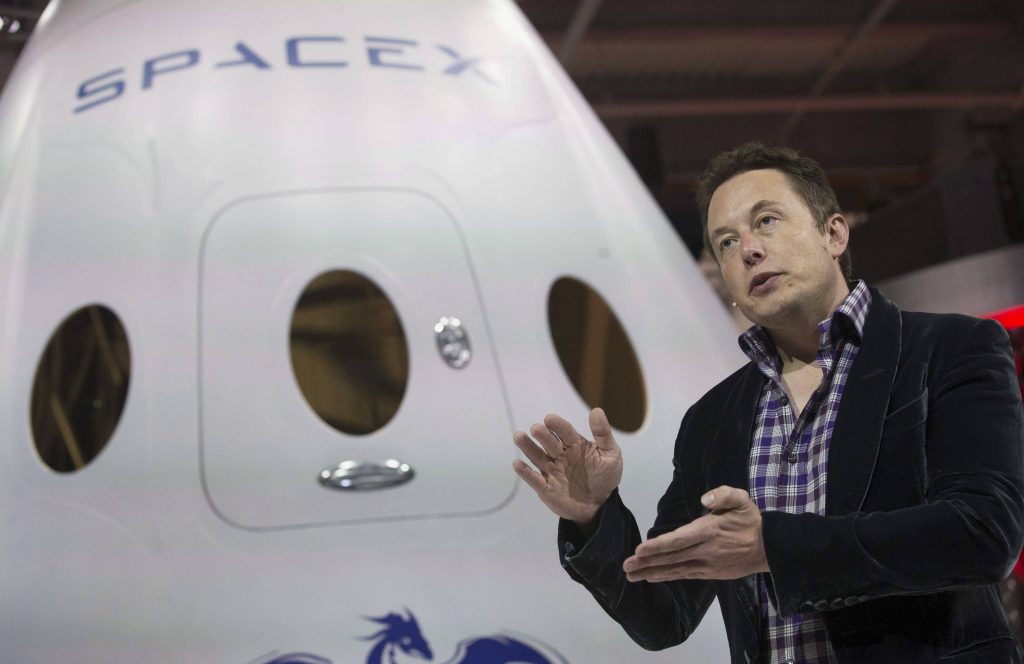
Elon Musk wants to work quickly to build a self-sustaining colony once humans land on Mars.
“We can do this in 20 years,” Musk said in April during a speech at SpaceX’s South Texas launch site.
That timeline is remarkably faster than what he gave in 2016, when he said it could take 40 to 100 years to set up a self-sustaining city.
The following year, in 2017, he announced at a conference that SpaceX would land at least two unmanned ships on Mars in 2022, followed in 2024 by two more unmanned ships and two ships with crews tasked with a mission of building a propellant plant on the planet.
“You can do it Elon!” a member of the crowd shouted. None of these trips has occurred.
Musk, himself, would admit he can be overly optimistic at times. He is well known for missing several self-imposed deadlines. Supporters say his overly ambitious targets are made, in part, to motivate his teams to exceed their wildest expectations.
‘Get those rocket ships going’
Still, Musk doesn’t sound like a man content on waiting.
The ticking clock could help explain his very public feud with the Federal Aviation Administration, including Musk’s call this past week for the administrator to resign.
Musk has blamed the regulator for delays that threaten his otherworld ambitions, and has cautioned what will happen if Vice President Kamala Harris is elected to the White House this November over former President Donald Trump . “We will never reach Mars if Kamala wins,” Musk tweeted .
In turn, Trump has taken to talking about Mars as well on the campaign trail. “Elon, get those rocket ships going,” the Republican said at a rally this month , “because we want to reach Mars before the end of my term.”
And for Musk, who is watching time slipping away, such talk is pure rocket fuel.
Write to Tim Higgins at tim.higgins@wsj.com
